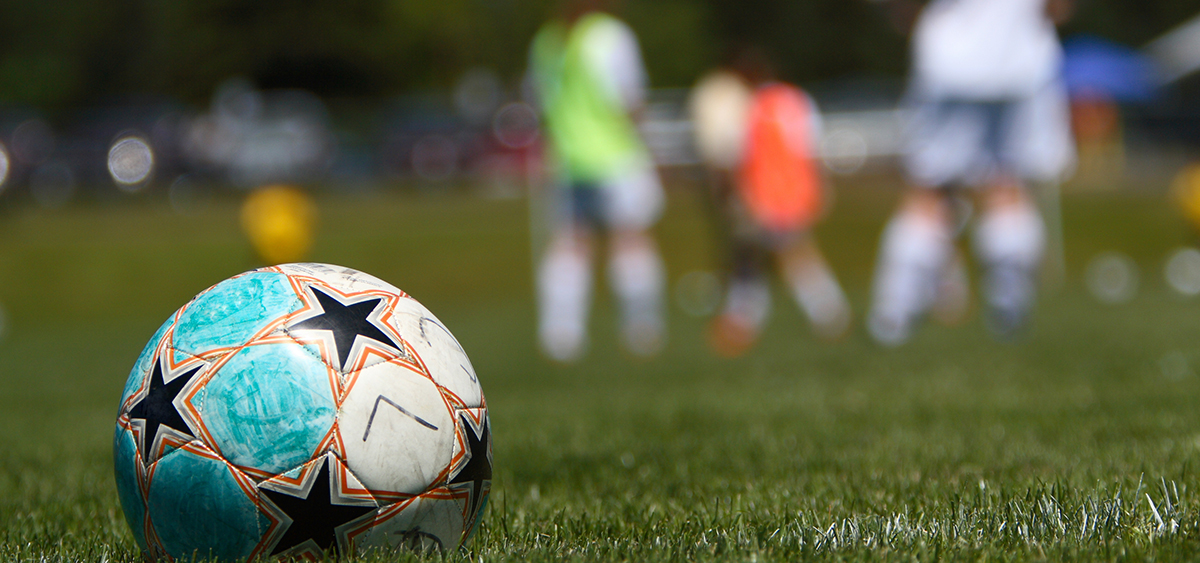You’re an athlete and you accept the normal risks involved in your chosen sport. This also means accepting the potential risk of an accident. But sometimes, others are responsible. That’s the case when someone has committed a fault.

You assume the normal and foreseeable risks
When you play a sport, you accept the normal and foreseeable risks of this sport. Do you play hockey, ski, or enjoy paragliding? You must be aware that there’s a greater risk of an accident than when simply walking, and you assume that risk.
Examples of normal risks:
- As you’re making your way down a well-maintained ski run you try to take a tissue out of your pocket. You fall and break your leg. You’re the only one who can be held responsible for this accident.
- In a contact sport like hockey or football, a collision between two people during the game is a normal risk.
The responsibility of another participant
You assume the normal and foreseeable risks of a sports activity, but you’re not responsible for an accident caused when someone else commits a fault. In this case, the person who committed the fault could be held responsible. This is known as civil liability.
A person commits a fault if their behaviour differs from that of a reasonable person in the same situation. In the context of sports, this might be, for example, an intentional blow, excessive roughness, breaking the rules of the game or violating applicable safety rules.
The responsibility of the people who run the sports facilities
The people who run the sports facilities also have responsibilities. They must act responsibly to ensure the safety of the people using their facilities. This means taking the necessary measures to avoid foreseeable dangers. If they fail to do so, they’re committing a fault and can be held responsible for any accidents that occur as a result.
People who run a facility commit a fault if, among other things:
- they do not properly maintain their facility
- they do not respect safety standards
- their facility is left unsupervised or without adequate assistance to ensure it’s used safely
For example:
- A gaping hole or a piece of sheet metal is left on a ski run without any warning to the public.
- The bleachers of a stadium do not comply with safety standards and this causes someone to fall.
Did you know?
In certain facilities, there are panels with “disclaimers” such as: “We are not responsible in case of injury.” Some sports facilities also include these types of disclaimers in their contracts. Such disclaimers are not valid.







